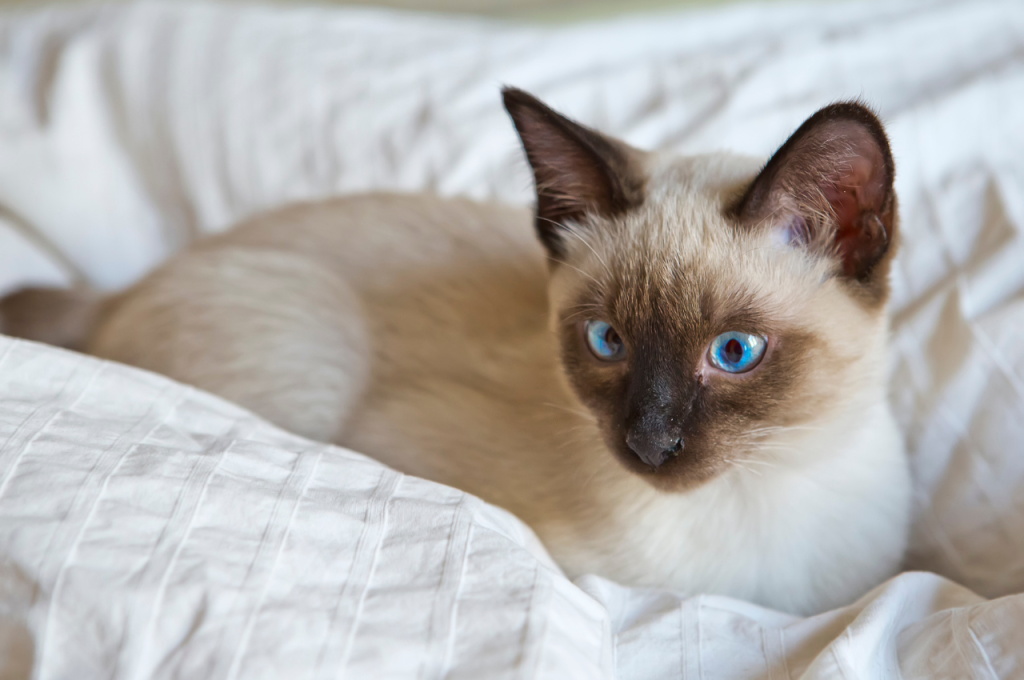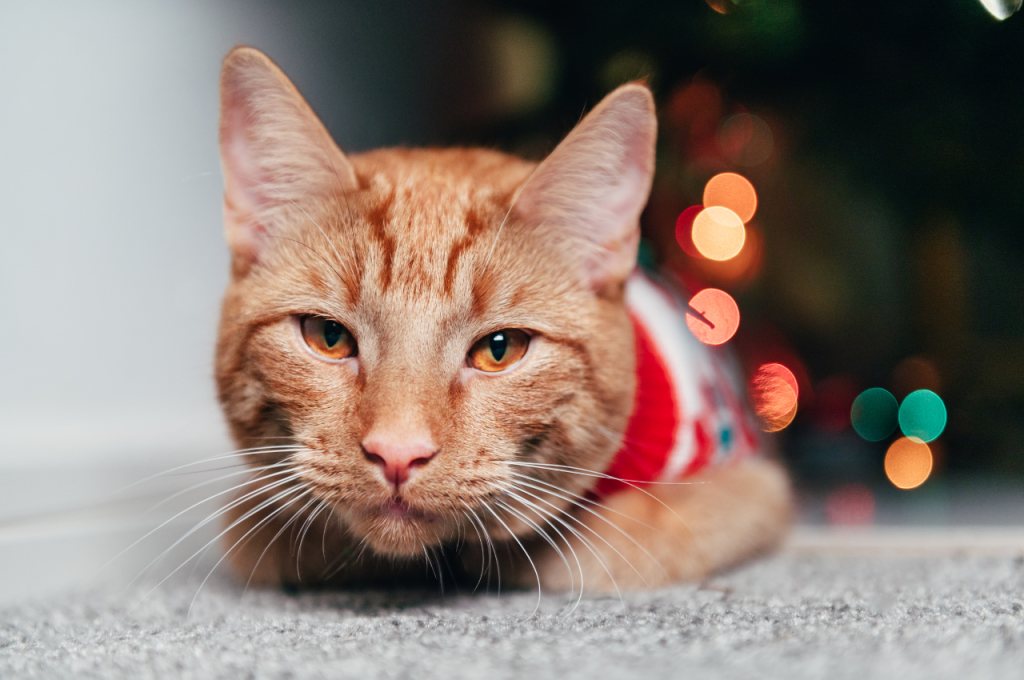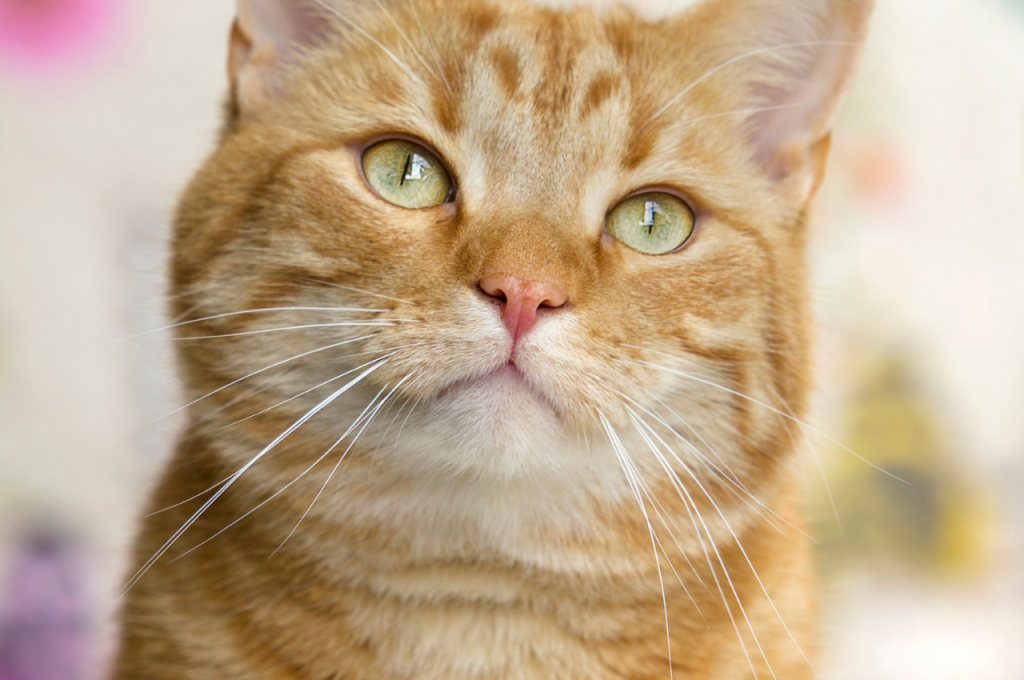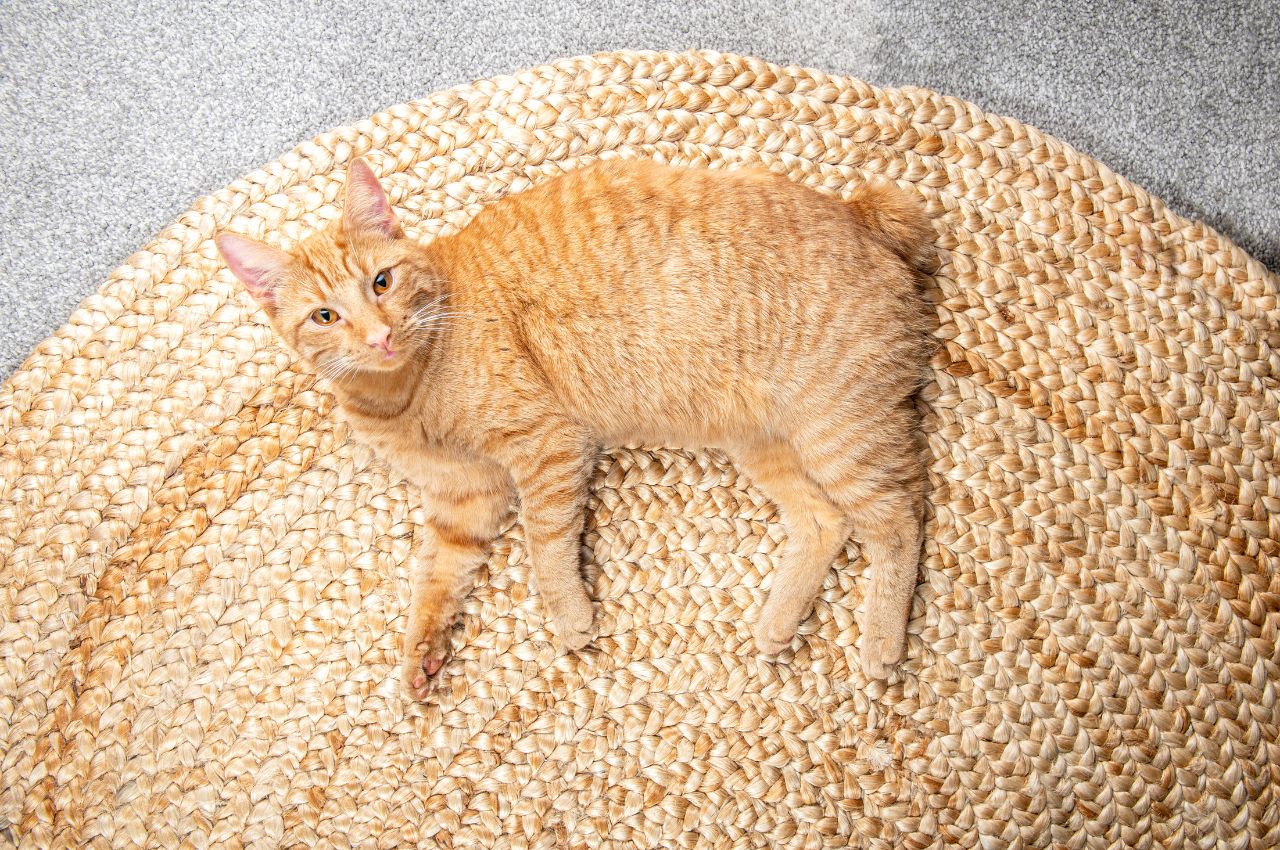Tailless Cat Syndrome is a genetic condition where cats are born without tails. This syndrome affects the spine and can cause mobility issues in affected cats.
Cats with Tailless Cat Syndrome, also known as Manx Syndrome, may have varying degrees of spinal problems. These can range from mild to severe, impacting the cat’s ability to walk, jump, or even control their bowels. While some cats with this syndrome lead normal lives, others may require special care and accommodations to manage their condition.
Understanding the challenges that come with Tailless Cat Syndrome is important for providing the best possible care and quality of life for these unique feline companions.
Introduction To Tailless Cat Syndrome
Tailless Cat Syndrome, also known as Manx Syndrome, is a genetic condition that affects certain cat breeds, resulting in the absence or partial absence of a tail. This unique characteristic has fascinated cat lovers and enthusiasts for centuries. In this article, we will explore the historical background of tailless cats and delve into the reasons behind their popularity.

The Fascination With Tailless Cats
Tailless cats have captivated people’s attention for their distinctive appearance and intriguing genetics. The absence of a tail in these felines is not a deformity but rather a genetic mutation that occurs naturally in certain cat populations. This fascinating trait has sparked interest and curiosity among cat lovers, leading to the development of specific cat breeds that showcase this unique characteristic.
Historical Background
The history of tailless cats can be traced back to the Isle of Man, a small island located in the Irish Sea. The Manx cat, which is considered the original tailless breed, is believed to have originated from shipwrecked cats brought to the island centuries ago. The genetic mutation responsible for the absence of a tail in Manx cats is thought to have occurred spontaneously.
The Manx breed gained recognition and popularity over time, leading to the establishment of breed standards and the formation of cat clubs dedicated to preserving and promoting these tailless felines. As the fascination with tailless cats grew, breeders began experimenting with crossbreeding Manx cats with other breeds to create new tailless cat breeds, such as the Cymric and the Japanese Bobtail.
Today, tailless cats are cherished pets around the world, admired for their unique appearance and playful personalities. While the absence of a tail may vary in severity among individual cats, it doesn’t hinder their ability to lead happy and healthy lives. However, it’s important to note that tailless cat breeds may be prone to certain health issues, such as spinal problems and bowel abnormalities, which require careful breeding practices and responsible ownership.
In conclusion, tailless cat syndrome, or Manx Syndrome, is a genetic condition that results in the absence or partial absence of a tail in certain cat breeds. The fascination with these tailless felines has led to their popularity and the development of specific cat breeds showcasing this unique trait. Understanding the historical background of tailless cats helps us appreciate the genetics and cultural significance behind these captivating creatures.
Genetics Behind The Condition
Genetics plays a crucial role in the development of Tailless Cat Syndrome, also known as Manx Syndrome. This condition is a result of a genetic mutation that affects the tail and spinal cord of cats. Understanding the genetic basis of this syndrome is essential for breeders and cat owners to make informed decisions about breeding and caring for affected cats.
Key Genes Involved
The development of Tailless Cat Syndrome is linked to mutations in the ACVR1 gene, which plays a key role in the formation of the spinal cord and tail in cats. This gene is responsible for regulating the development of these structures, and mutations can lead to abnormalities such as a shortened or absent tail, as well as spinal cord defects.
Inheritance Patterns
The inheritance of Tailless Cat Syndrome follows an autosomal dominant pattern, meaning that a cat only needs to inherit one copy of the mutated gene from either parent to exhibit the syndrome. This differs from recessive inheritance, where both parents must carry and pass on the mutated gene for the condition to manifest. As a result, cats with one affected parent have a 50% chance of inheriting the syndrome.
Breeds Prone To Taillessness
Tailless Cat Syndrome is a genetic condition found in specific breeds like Manx and Japanese Bobtail cats. These cats are born without tails or have short tail stubs due to a natural genetic mutation. The syndrome can lead to spinal issues but generally, tailless cats are healthy and active pets.
Manx Cats
Manx cats are one of the most well-known breeds prone to taillessness. Originating from the Isle of Man, these cats are characterized by the unique genetic mutation that causes them to be born without a tail or with a very short tail. The absence of a tail in Manx cats is the result of a natural genetic mutation that occurred many centuries ago. This mutation affects the vertebrae at the end of the spine, leading to a shortened or absent tail.

Manx cats come in various coat colors and patterns, and despite their lack of a tail, they are agile, active, and known for their exceptional hunting skills. They have a sturdy build and a rounded appearance, with hind legs that are slightly longer than their front legs. This unique body structure allows them to move with grace and balance, compensating for the absence of a tail.
Other Affected Breeds
In addition to Manx cats, there are several other breeds that are prone to taillessness. These breeds include:
- Sphynx Cats: Although known for their lack of fur, some Sphynx cats may also have a short or absent tail. This trait is not as common as in Manx cats, but it can occur due to genetic factors.
- American Bobtail: This breed is known for its short tail, which can range from a few inches to half the length of a regular cat’s tail. The American Bobtail’s tail is naturally bobbed and is the result of a genetic mutation.
- Japanese Bobtail: Similar to the American Bobtail, the Japanese Bobtail also has a naturally short and bobbed tail. This breed is known for its playful and sociable nature.
- Kurilian Bobtail: Originating from Russia, the Kurilian Bobtail is another breed that exhibits a naturally bobbed tail. These cats have a strong and muscular body, making them excellent hunters.
It’s important to note that while taillessness may be a defining characteristic of these breeds, not all individuals within the breed will be tailless or have a short tail. Genetic variations can result in some cats having a longer tail, even within these tailless-prone breeds.
Physical Characteristics
The physical characteristics of tailless cats, known as Tailless Cat Syndrome, are unique and intriguing. These felines display a range of distinct physical features that set them apart from their tailed counterparts.
Appearance Of Tailless Cats
Tailless cats, also referred to as Manx cats, have a distinctive appearance due to their lack of a tail. Their bodies are generally well-proportioned and muscular, with a compact and rounded appearance. The hind legs of these cats are often longer than their front legs, giving them a unique gait.
Variability In Tail Length
The variability in tail length among tailless cats is an interesting characteristic. While some may have no visible tail at all, others may have a short stump or a longer tail that is still noticeably shorter than the average cat’s tail. This variation adds to the charm and individuality of these felines.
Health Implications
Tailless Cat Syndrome is a genetic condition that can lead to various health implications. The absence of a tail in these cats can impact their overall well-being and quality of life.
Common Health Issues
Tailless cats are prone to certain health issues due to their genetic condition. Common problems include:
- Spinal issues
- Bowel and bladder problems
- Arthritis
Lifespan And Quality Of Life
The lifespan of tailless cats is often similar to that of cats with tails, but their quality of life may be affected by the aforementioned health issues. Proper care and regular vet check-ups can help ensure a good quality of life for these unique felines.
Ethical Considerations
Ethical considerations must be taken into account when discussing Tailless Cat Syndrome, a genetic condition causing the absence of a tail in certain cat breeds. Breeders and pet owners should prioritize the well-being of these cats and ensure they receive proper care and understanding.
Breeding Practices
Ethical breeding involves avoiding harmful genetic traits.
Welfare Concerns
Prioritize the well-being of tailless cats above all else. Tailless Cat Syndrome raises important ethical considerations. Breeding practices must prioritize healthy genetic traits. Ethical breeding practices avoid harmful genetic mutations. Welfare concerns revolve around cat health and happiness. Prioritize the welfare of tailless cats for ethical breeding.
Living With A Tailless Cat
Living with a tailless cat can be a unique experience as these felines have a genetic condition known as Tailless Cat Syndrome. This syndrome, also called Manx Syndrome, can cause spinal issues and other health concerns, requiring special care and attention for these charming companions.

Adapting Your Home Environment
Living with a tailless cat can be a unique and rewarding experience. Tailless Cat Syndrome is a condition that affects certain cat breeds, resulting in the absence of a tail. Cats with this syndrome are special in their own way, requiring specific care and adjustments in their living environment.
Care Tips
- Provide a balanced diet rich in protein for your tailless cat.
- Regularly groom your cat to help prevent skin issues.
- Ensure your cat gets regular veterinary check-ups.
Adapting Your Home Environment
Creating a safe and comfortable living space for your tailless cat is essential. Consider the following:
- Remove potential hazards that could harm your cat.
- Provide vertical spaces for climbing and jumping.
- Use soft bedding for your cat’s comfort.
Conclusion
Tailless Cat Syndrome is a rare genetic condition that affects certain cat breeds. While there is no known cure for this syndrome, it is important for cat owners to understand the symptoms and provide their cats with the necessary care and attention.
By being aware of the potential risks and taking preventative measures, cat owners can help their furry friends live happy and healthy lives. It is crucial for cat owners to educate themselves about Tailless Cat Syndrome and take the necessary steps to ensure their cat’s well-being.
